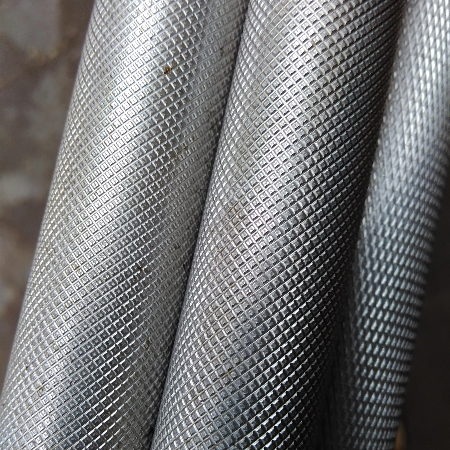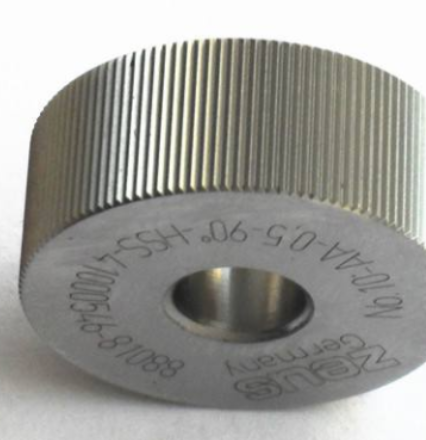What is Knurling?
Knurling is a key process for precision turned parts, providing a textured surface that enhances grip and appearance. It involves creating a pattern of straight, angular or diamond-shaped lines on the surface of a workpiece, usually using a lathe or knurling tool. The process is critical for a variety of applications, including the automotive, aerospace and medical industries, where precision and functionality are critical.
The knurling process begins by fixing the workpiece on a lathe or special knurling machine. The knurling tool consists of two hardened steel wheels with the desired pattern, which are then pressed against the rotating workpiece. As the workpiece rotates, the knurling tool imprints the pattern onto the surface, creating the desired texture.
How to make knurling?
Here is a general overview of how to perform knurling on machined parts:
1.Choose the right knurling tool: Knurling tools come in a variety of sizes and patterns. Select a tool that matches the desired knurl pattern and part diameter. There are two main methods of knurling: single point knurling and plunge knurling. Single-point knurling involves using a single wheel to stamp a pattern onto the workpiece, while plunge knurling uses two wheels to create the pattern simultaneously. Both methods require precise control of the knurling tool and workpiece to ensure consistent and accurate results.
2.Hold the part: Use a lathe or similar machine to hold the part securely in place. It is important to make sure the parts are properly centered and aligned to avoid any wobble during the knurling process.
3.Set the knurling tool: Install the selected knurling tool on the lathe tool holder. Adjust the tool so that it makes light contact with the surface of the part.
4.Apply lubricant: Apply cutting oil or lubricant to the surface of the part to reduce friction and heat generated during the knurling process.
5.Perform the knurling operation: Engage the lathe and slowly feed the knurling tool into the part. This tool will create a knurl pattern as the part surface rotates. It is important to apply consistent pressure and feed rate to achieve a uniform knurling pattern.
6.Inspect the knurling: After the knurling operation is complete, inspect the knurled surface for any defects or inconsistencies. If needed, make necessary adjustments to tools or processes.
7.Clean Parts: Remove excess lubricant or debris from the knurled surface to reveal the finished knurl pattern.
It’s worth noting that knurling requires precision and careful attention to detail to achieve the desired effect. Additionally, practice and experience are essential to mastering the knurling process. If you are new to knurling, consider seeking guidance from an experienced machinist or refer to your specific machine and tool manuals for detailed instructions.
Why knurling is important for machined parts?
Knurling is critical to turning parts for a number of reasons. First, it improves the grip and handling of the workpiece, making it easier to handle and use in a variety of applications. This is especially important with parts like knobs, handles, and tools, where a firm grip is essential for safe and efficient operation.
In addition, knurling enhances the aesthetics of turned parts, adding a decorative and professional touch to the surface. This is especially beneficial for consumer products and high-end machinery, as appearance plays an important role in the overall quality and perception of the product.
Additionally, knurling can serve a functional purpose by providing a surface for adhering or holding other components. For example, knurled surfaces can be used to secure rubber handles, inserts or fasteners, ensuring a safe and secure connection between components.
In precision turned parts, knurling is often used in conjunction with other machining processes to achieve required specifications and functionality. By combining knurling with turning, milling and drilling, manufacturers can create complex and high-precision parts that meet the stringent requirements of modern engineering and design.
In summary, knurling is a key process in the production of precision turned parts, providing enhanced grip, appearance, and functionality. By carefully controlling the knurling process and selecting appropriate patterns and methods, manufacturers can create high-quality components that meet the stringent standards of modern industry. Whether for practical or aesthetic reasons, knurling plays a vital role in the production of turned parts, ensuring they meet the needs of today’s diverse and demanding applications.
Post time: Jun-06-2024




